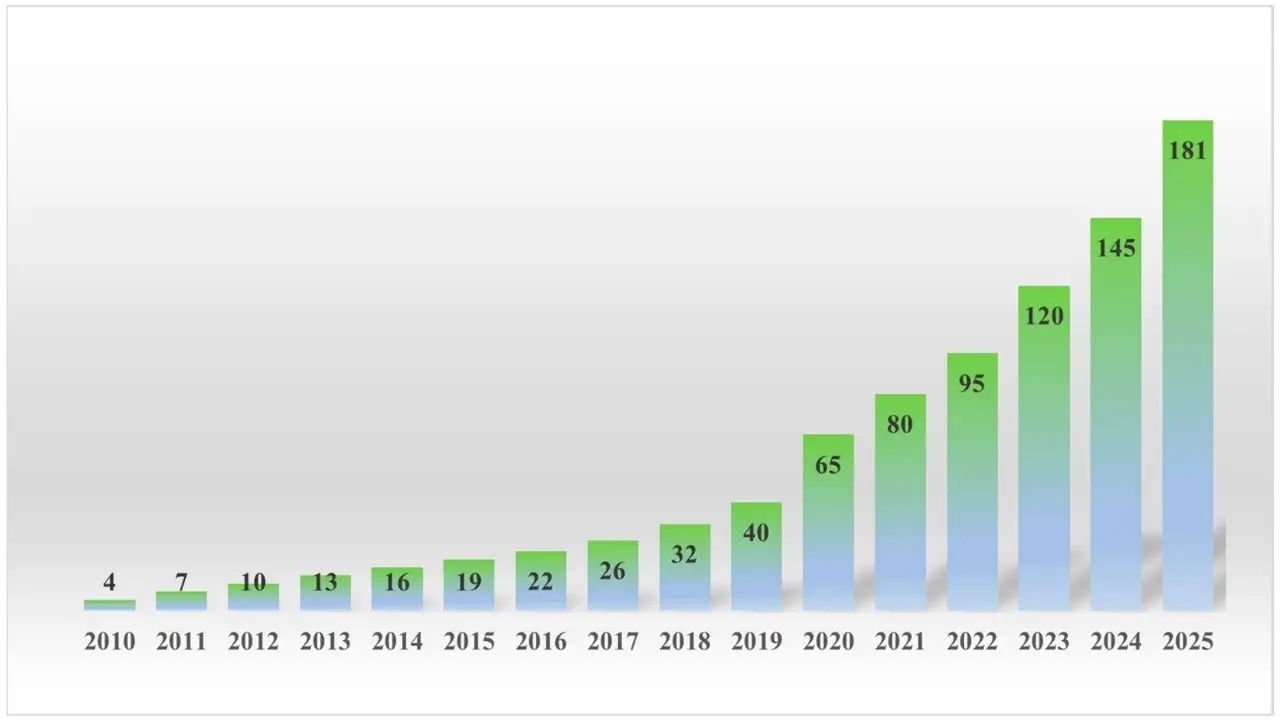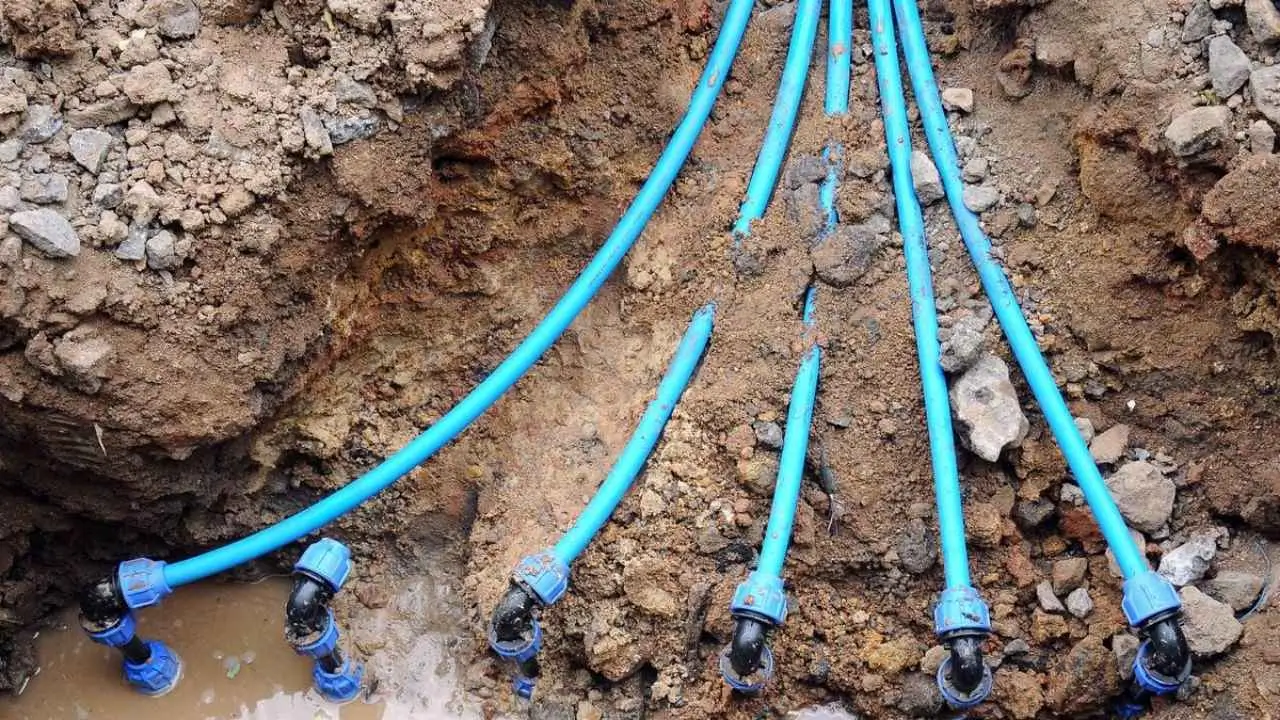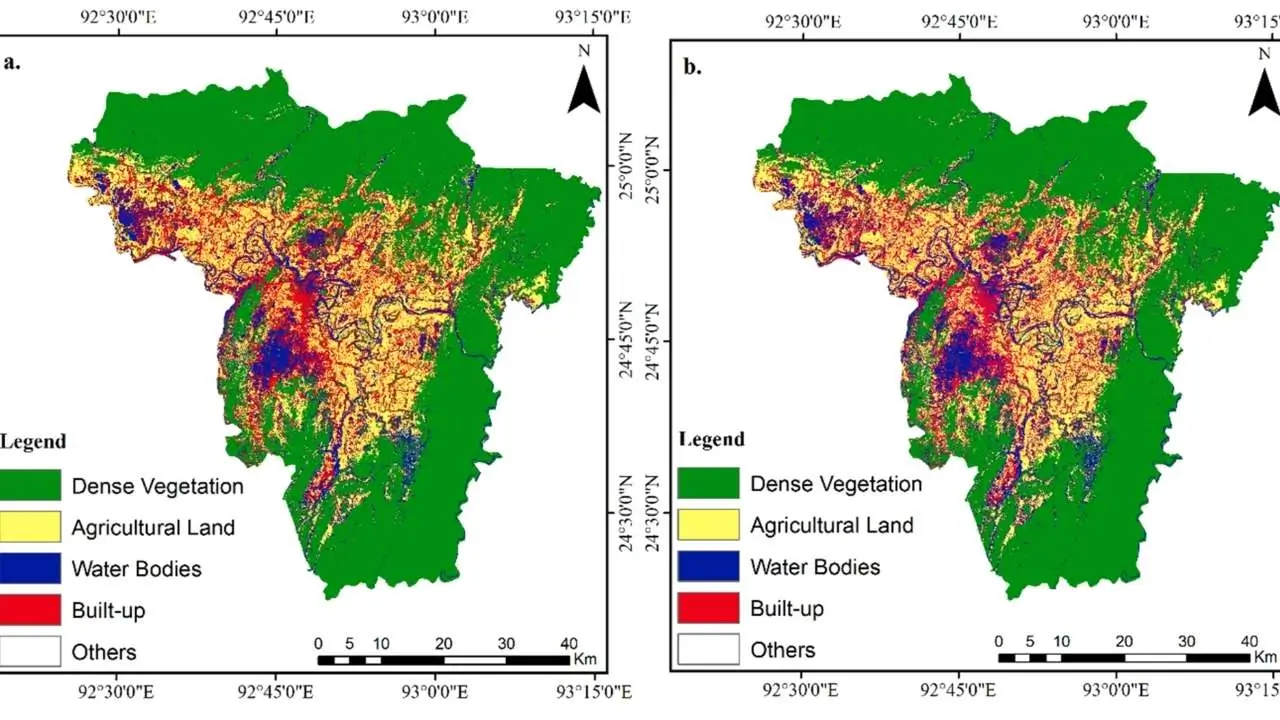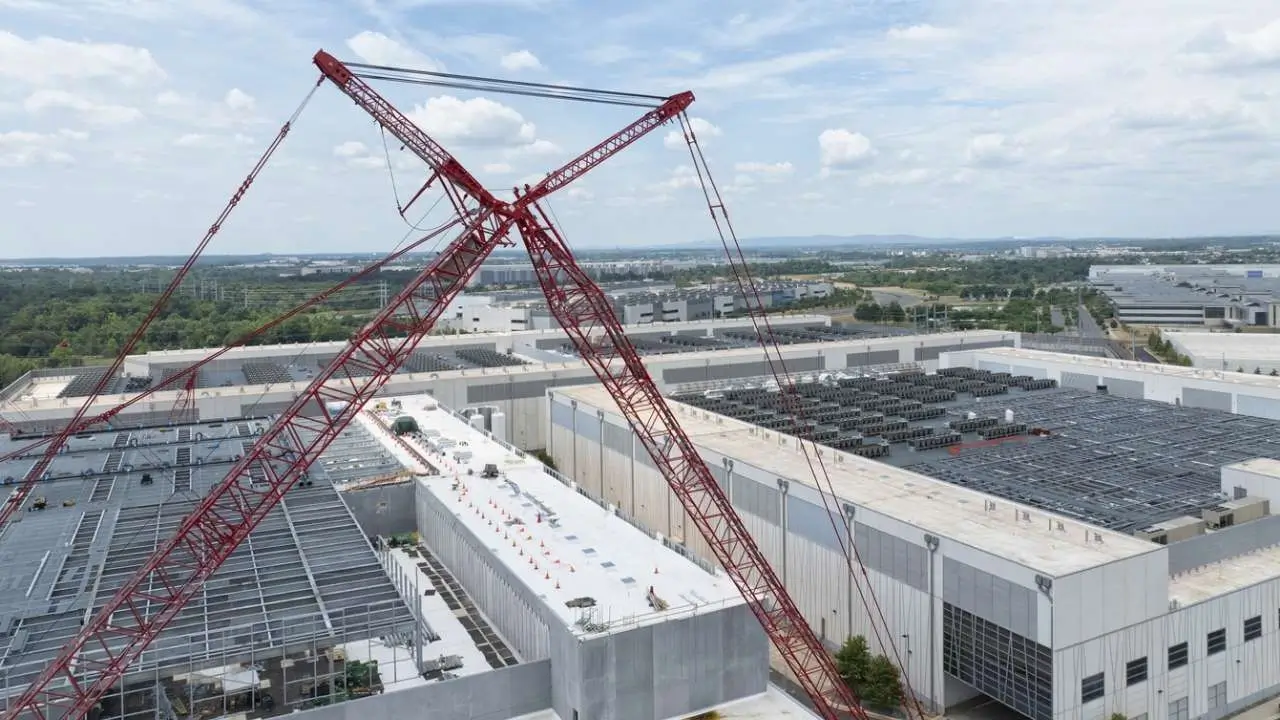Cache Valley, located in northern Utah, is facing a significant challenge as its population continues to grow rapidly. The region, known for its rich agricultural history and natural beauty, is grappling with the pressing issue of securing enough water to meet the demands of its expanding communities, industries, and farms. Projections suggest that the valley’s population will increase by approximately 30% over the next two decades, placing additional strain on its already stretched water resources. As Cache Valley grows, water managers and local officials are working tirelessly to ensure that future water needs are met through a combination of infrastructure upgrades, conservation strategies, and technological innovations.
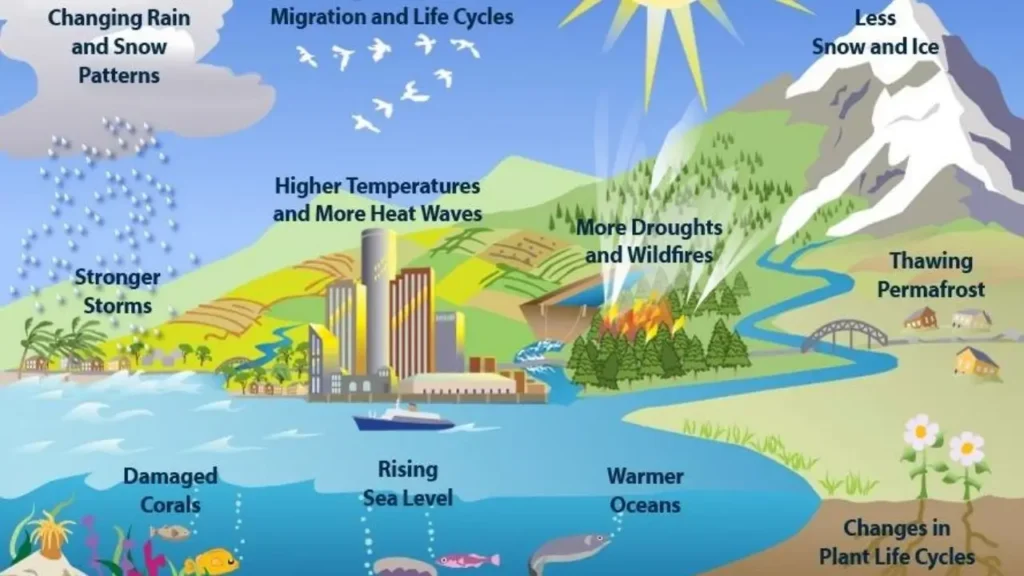
The Growing Demand for Water
Over the past decade, Cache Valley has experienced a notable rise in population. The appeal of the area’s scenic beauty, affordable housing, and proximity to larger cities like Salt Lake City have made it an attractive destination for new residents. With the growth of both the residential and business sectors, the demand for water has risen sharply. The valley, which currently uses over 60 million gallons of water daily, is expected to see a 30% increase in demand by 2040.
This surge in demand is not only driven by the expanding residential communities but also by the growth of businesses, particularly in the tech sector, which requires significant water for operations. Agriculture, a key component of Cache Valley’s economy, also remains a major user of water resources. The challenge is clear: to meet the needs of an increasing population and economy while managing the valley’s limited water supply.
Investments in Infrastructure
To tackle the rising water demand, Cache Valley is focusing on enhancing its infrastructure. One of the most important projects underway is the construction of new reservoirs. The Utah Division of Water Resources has allocated funding for the development of a new reservoir near River Heights, which will increase the region’s water storage capacity by approximately 20 million gallons. This project is part of a broader initiative to improve water storage and distribution systems in the area, ensuring that there is enough supply to meet peak demand during dry seasons.
In addition to expanding storage capacity, the valley is exploring the possibility of recycling wastewater for non-potable uses, such as irrigation. Known as “purple pipe” systems, these projects are already in use in several other western U.S. cities and are seen as an important step toward sustainable water management. By reusing water for purposes that do not require potable standards, the valley can free up fresh water for other uses, such as drinking and household consumption.
These infrastructure projects are vital for ensuring that Cache Valley’s water supply keeps pace with its growing population. However, infrastructure alone will not be enough to solve the problem.
The Role of Conservation
While expanding water infrastructure is necessary, experts agree that conservation is just as critical in ensuring long-term water security. Cache Valley’s per capita water usage is higher than the state average, primarily due to agricultural practices and residential consumption. To address this, local governments and water managers are launching public education campaigns aimed at encouraging residents to use water more efficiently.
One such program, “Slow the Flow,” encourages homeowners to make changes to their irrigation systems to reduce water usage. The program educates residents on the best times to water their lawns, the benefits of using drought-resistant plants, and the importance of regular maintenance to avoid water wastage due to leaks or malfunctioning systems.
Conservation efforts are also targeting businesses and industries, with many local companies being encouraged to adopt water-efficient technologies. By incentivizing water-saving measures and providing resources for businesses to implement them, Cache Valley hopes to reduce overall consumption and ease the strain on the local water supply.
Water Use in Agriculture
Agriculture has long been a cornerstone of Cache Valley’s economy, and it is one of the largest consumers of water in the region. Farmers rely on irrigation systems to water crops, which account for a significant portion of water consumption. However, as the region faces growing water demands, agricultural leaders are recognizing the need to balance their water use with the demands of other sectors.
In response to this challenge, local farmers are adopting more water-efficient irrigation technologies. Methods like drip irrigation, which delivers water directly to the roots of plants, and smart sprinklers that adjust watering schedules based on weather conditions, are becoming increasingly common. These technologies reduce water waste and help farmers maintain crop yields while using less water.
However, the agricultural sector faces unique challenges. In addition to the increasing pressure on water resources, many farmers are also grappling with changing climate conditions that affect the availability of water and the timing of precipitation. In response to these changes, many agricultural producers in Cache Valley are implementing water-saving technologies while also seeking ways to diversify their water sources. Some are even looking into methods for capturing rainwater or using water from nearby rivers during high-flow seasons.
Regional Cooperation
Cache Valley’s water issues extend beyond the boundaries of individual municipalities. Effective water management requires cooperation among local governments, businesses, residents, and environmental groups. To this end, regional planning efforts are being undertaken to address water challenges on a larger scale. The Cache Valley Water Supply Study, for example, is a comprehensive effort to assess the valley’s current water resources, project future demand, and identify solutions for meeting that demand.
The study has highlighted several key areas for improvement, including the need for more efficient water distribution systems, enhanced wastewater treatment capabilities, and better management of groundwater supplies. Additionally, it emphasizes the importance of intergovernmental cooperation in coordinating water usage across the region and minimizing waste.
Cache Valley’s leaders are also exploring policies to regulate water use, particularly during drought conditions. By implementing tiered water pricing and establishing water usage quotas, the region can incentivize conservation and ensure that water is distributed equitably among residents, businesses, and agricultural users.
Looking Ahead: Ensuring Water Security for the Future
As Cache Valley faces the twin challenges of population growth and limited water resources, its leaders are taking a proactive approach to water management. Investments in infrastructure, water conservation efforts, and agricultural efficiency will play crucial roles in meeting future water demand. However, the success of these initiatives depends on the active participation of residents, businesses, and other stakeholders in using water wisely and adopting sustainable practices.
Looking ahead, the future of water in Cache Valley will likely depend on continued technological advancements, including innovations in water recycling, desalination, and efficient irrigation systems. The region’s ability to adapt to the changing climate and rising population will determine whether it can maintain a reliable water supply for future generations.
Cache Valley’s water challenges are not unique to the region, as many other rapidly growing areas across the U.S. face similar issues. However, by taking a comprehensive and cooperative approach, Cache Valley has the potential to set a standard for other regions grappling with the same problem. The valley’s future water security hinges on the continued commitment of its residents, leaders, and businesses to work together toward sustainable solutions. Only through a collaborative, forward-thinking approach can Cache Valley ensure that its water resources will remain abundant for years to come.


